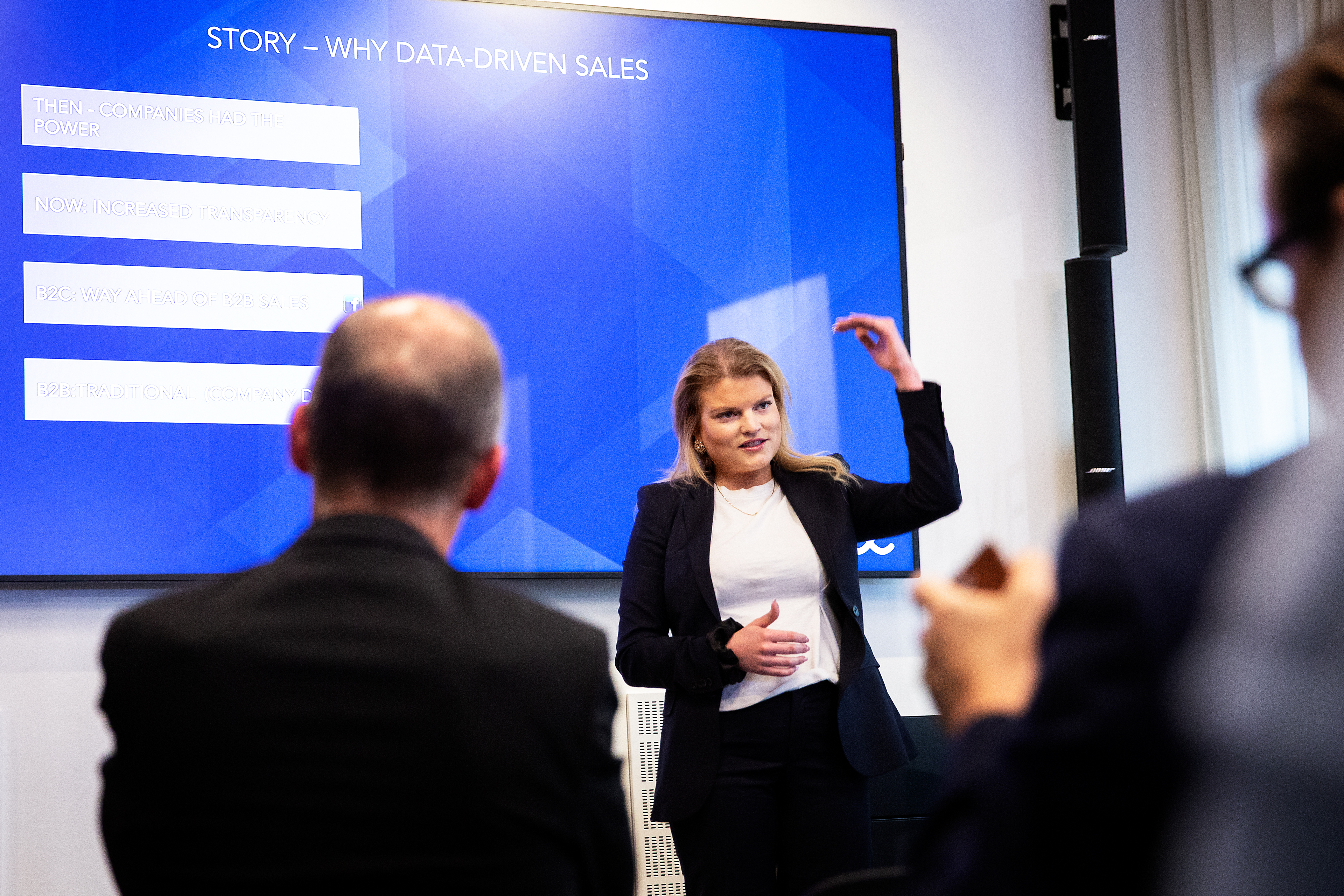Being confident you have a proper marketing plan in place will make the difference between treading water and achieving significant growth.
Hands down, two of the most common questions you’ll ask yourself when it comes to your marketing strategy are 1. ‘how much should I be spending?’ and 2. ‘where should I be spending my marketing budget?’
There can be a lot of uncertainty around whether your marketing budget and time is being invested in the right areas. What direction should you go to lead you to the best Return on Investment (ROI)?
“B2B is more about sales and less about advertisement,” says Sigurd Gran, Commercial Director and Founder of Coupler.
“The challenge for B2B organisations today isn't really that marketing (advertisement) doesn't work. It's that sales efforts return lower results."
“The client’s decision to buy is always a result of a process and, most often, several people are involved. Traditionally, marketing costs have been limited compared to sales-related costs (including salary and bonuses, for example), because advertising just doesn’t do the job.”
Sigurd says that globalisation, the internet and digitalisation leads to much higher competition today.
 “The challenge for B2B organisations today isn’t really that marketing (advertisement) doesn’t work. It’s that sales efforts return lower results, says Sigurd Gran, Commercial Director and Founder of Coupler.”
“The challenge for B2B organisations today isn’t really that marketing (advertisement) doesn’t work. It’s that sales efforts return lower results, says Sigurd Gran, Commercial Director and Founder of Coupler.”
“The buyers have a much higher supply and access to many more actors. This leads to B2B actors having to become more efficient in lead generation, lead nurturing and especially in sales. They need a system in place that allows them to spend the least amount of resources on getting the best result possible along all steps of the lead qualifying and sales process."
“It has become harder to stand out and to keep potential clients’ interest.”
“The challenge for B2B organisations today isn't really that marketing (advertisement) doesn't work. It's that sales efforts return lower results."
A customer-oriented approach
Enter inbound marketing, which focuses on giving your potential customers reasons to come to you.
“High-quality content, both in terms of in-depth knowledge and production quality, affects results a lot,” says Sigurd. “People are always looking for insights, and companies should share. If you additionally present this in a compelling way, you will stand out from the crowd and have a higher probability of it being shared.”
It is all about timing and context, adds Sigurd.
“For example, it’s better to sell digital marketing to a company that has hired a new marketing manager. That’s good timing. In terms of context, it may be better to approach them at a seminar about data-driven marketing.”
When investing in an inbound marketing plan, it’s important to invest your time into a solid foundation. Data is your best friend here.
“Through data-driven inbound marketing, it’s possible to control each aspect and get rid of the uncertainty about what works,” explains Sigurd. “With data, you’re chasing the right customers down. There are many software tools available that can help you track and analyse behaviour and, hence, you can apply an inbound strategy.”
Sigurd says inbound marketing can help B2B marketers overcome uncertainties, because it is aligning the sales process with the buyer's journey.
“The foundations of inbound marketing are: the alignment of the sales process and buyer's journey; the customer centric approach; and the idea about the ‘flywheel’. This is where customers are constantly moving around your company from ‘strangers’ to ‘ambassadors’."
“B2B companies have their growth ‘basis’ in sales. Inbound marketing gives B2B companies a set of tools to build on this experience and, therefore, face new challenges with the confidence and certainty they have acquired over the years.”
Sigurd says inbound marketing can help B2B marketers overcome uncertainties, because it is aligning the sales process with the buyer's journey.
Data collection
Once you have identified your ideal customers, you need to identify the events and pain points that that will make them consider your product and what value it has to them.
“Use the data you collect from your website analytics and know when to communicate what message. Are they in the awareness stage, just realising they have a problem? Are they in the consideration stage, trying to figure out what's the best approach to solve their problem? Or, are they in the decision stage trying to find the best provider of the solution they chose?"
“The next step is to figure out what people are looking for when they end up buying your product. This means figuring out the job they hire your product to do. One way of doing this is keyword research. Create content that explains how people can use your product to get their job done. Do it in their tone-of-voice and use their terminology, i.e. the keywords.”
Sigurd advises to start your own hypotheses or collect small amounts of data, and then steadily increase as you grow and develop your understanding of how it can work for your business.
While effective inbound marketing is mainly based around strategy and content creation, the technology that facilitates inbound lead generation shouldn’t be overlooked.
Sigurd says, “One of the great advantages of inbound marketing is the ease of putting marketing and sales teams on the same page. Inbound marketing leads are more qualified, which optimises the sales teams’ time.”
The benefits of making the switch from traditional, outbound marketing to inbound marketing investments are undeniable, as are the rewards of inbound marketing – a healthier business with more satisfied customers and higher profitability.






